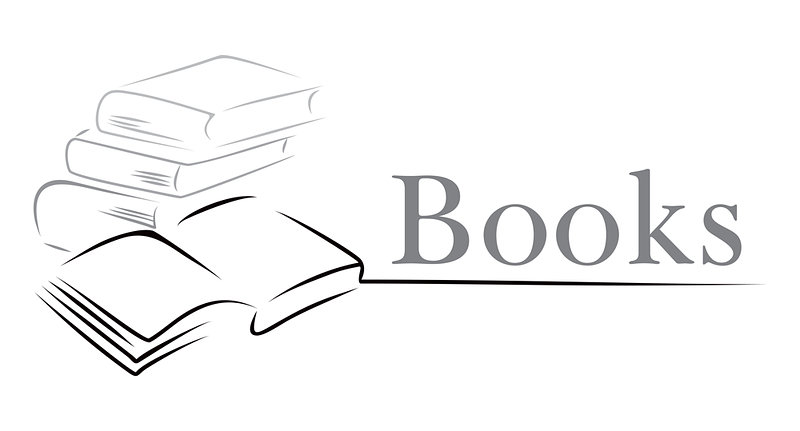As a literary agent, not a day goes by when I don’t encounter the changes in thinking from authors caused by the expansion and availability of self-publishing.
It’s understandable, because there are over twice as many books self-published every year in the United States than are published by traditional publishers.
Traditional and self-publishing generate over one million new books every year in the U.S. alone according to RR Bowker. Two-thirds are self-published.
According to the United Nations cultural arm UNESCO, well over two million new books are published annually by traditional publishers worldwide.
The Federation of European Publishers reports on the status of book publishing across the continent. They show revenues and traditional publisher title output are generally flat over the last five years, but the number of titles available in print has grown from 8.5 million in 2011 to 22 million in 2015. Digital printing and self-publishing bring more titles to market and keep more in print longer.
However, those 22 million titles generated slightly less revenue in 2015 than the 8.5 million titles did in 2011. Not revenue per title, but total industry revenue.
No wonder book publishing is a challenge for everyone.
Self-publishing has become ubiquitous and is here to stay, but has also created the impression traditional publishing has changed far more dramatically than it actually has.
If you are self-publishing and desire someday to be published by a traditional publisher, you need to change your thinking depending on your intention.
And learn a new language.
How has self-publishing altered the thinking and professional language of authors? There are five primary areas (and probably more if I think about it).
- Control – traditional publishing has always been more of a collegial collaboration between publisher and author. Give and take. Negotiation. Honestly, some authors simply should never be traditionally published because of this. They view control as a non-negotiable and will not relinquish it.
- Timing – You get an idea, write it and publish it as a self-published author. When I tell an author it will take 15-18 months or longer to get a book published traditionally, the stunned silence says it all.
- Quality of Manuscript – there is no such thing as a finished manuscript. Even if it is edited by three Nobel laureates and chiseled on stone tablets, the manuscript isn’t finished until the publisher says it is. And now you know why some authors self-publish!
- Length of Manuscript – There is an optimum length of a traditionally published commercial product based on the type of book. Self-published authors write the length they want. A 6,000-word memoir is a thirty-two page free pamphlet, not a commercial book. A 375,000-word novel is generally not commercially viable as a 1,200-page book selling for fifty dollars. If an author cannot tell me how many words are in their manuscript, only it is 200 manuscript pages, they have been completely influenced by self-publishing thinking. Self-publishing is by pages because your costs are a function of the number of pages.
- Cover Design – The dead giveaway you are a self-published author is you have a final cover, approved by friends and family and ready for print. Covers at a traditional publisher involve input from a dozen people or more who develop covers as part of their profession. Leave your cover at home when talking to a traditional publisher.
So, when I get a proposal from an author telling me they have a 275 page, finished manuscript, need it published in less than six months, and the cover is already done, I know I am about to disappoint them significantly with my reply.
Sweeping generalities can be tricky, but compared to most self-publishing models, traditional publishing is still a slow, methodical, careful and deliberate way to publish, involving many moving parts with creative input from a wide variety of professional people accountable for the long-term financial health of the publisher.
So, if you desire to self-publish and also be traditionally published, be very careful about control, timing, manuscript quality, length and cover design to make sure you use appropriate publisher-language. For self-publishing, the author is in control of everything, which some find very comforting.
Then you learn the hard truth of all book publishing, no matter the path you take:
Half of all published books don’t sell particularly well, but you never know which half.











